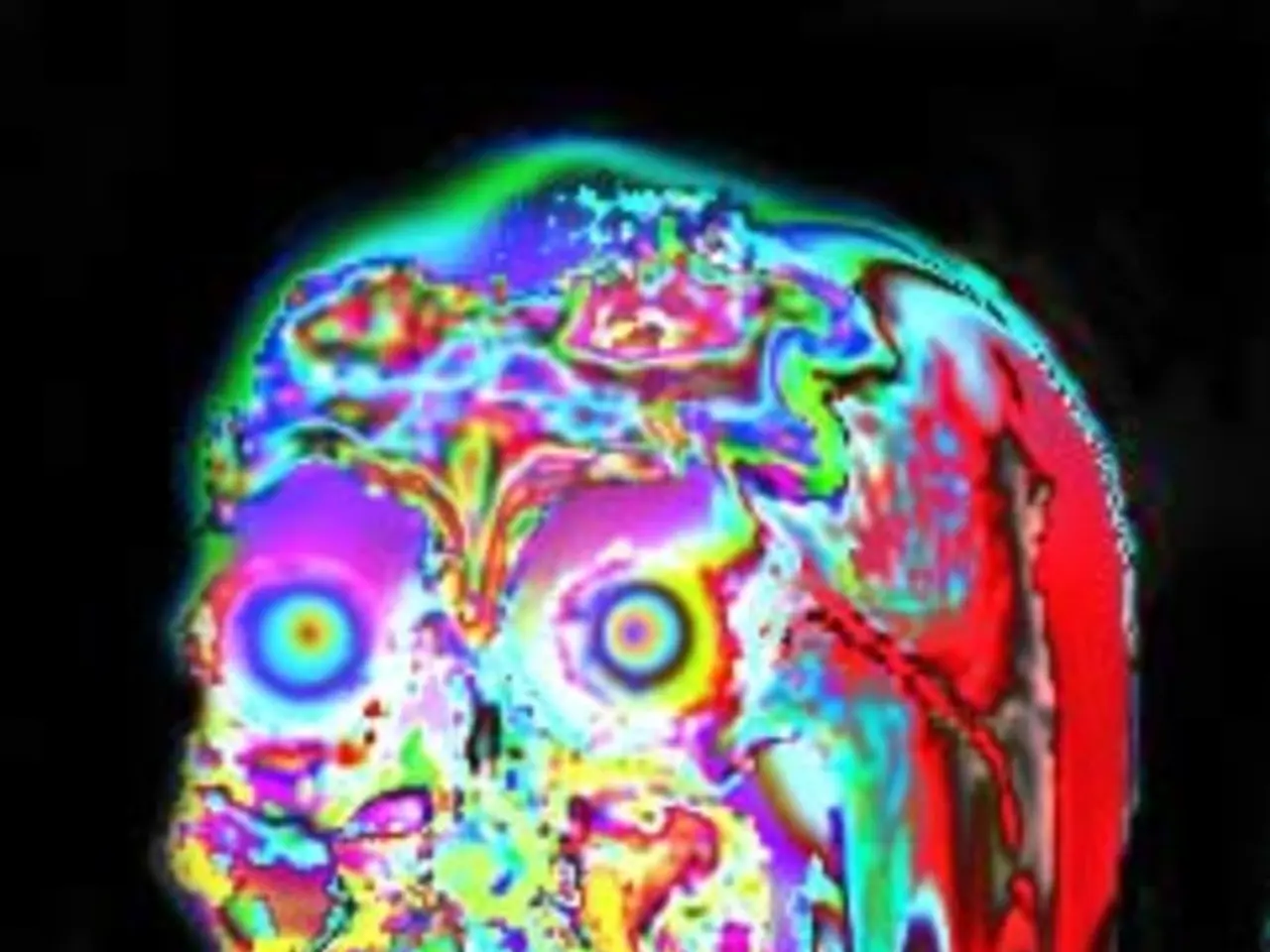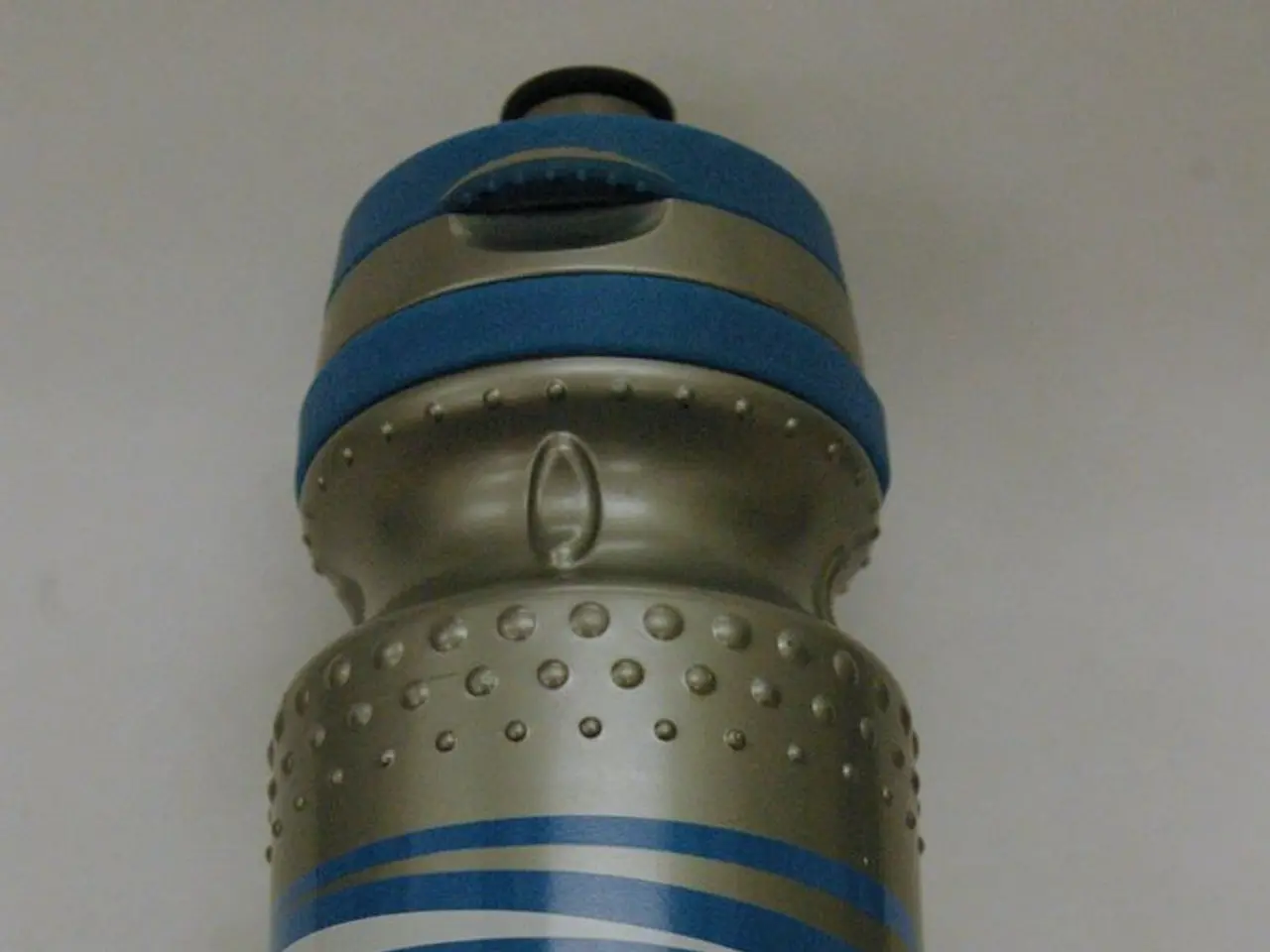Brainstem Component, Tasks, and Importance
The brainstem, a crucial and vital part of the human nervous system, is the stalk-like lower region that connects the main brain (cerebrum) to the spinal cord. This essential structure is divided into three main components: the midbrain, pons, and medulla oblongata, each performing critical and specific functions essential for survival and neural communication.
The midbrain acts as a relay center connecting the forebrain to the hindbrain. It is involved in controlling reflexes, auditory and visual processing, body temperature regulation, and the sleep-wake cycle. Important structures such as the superior and inferior colliculi, which are involved in visual and auditory reflexes, and nuclei for cranial nerves III and IV, which control eye movements, are housed within the midbrain [1][3][5].
The pons lies below the midbrain and above the medulla oblongata, serving primarily as a relay station facilitating communication between different brain regions. It regulates body temperature, breathing, facial muscle control, sensations like taste and smell, mood, emotions, and pain perception. It also participates in hormone synthesis [1][2].
The medulla oblongata, the lowest part of the brainstem directly above the spinal cord, regulates vital autonomic functions including heart rate, blood pressure, breathing rhythm and depth, and reflexes like swallowing and vomiting. It also manages cardiovascular and respiratory reflexes and facilitates crossover of motor nerve fibers between the brain and spinal cord [1][2][3].
In psychology and neuroscience, the brainstem is seen as the foundation for consciousness and basic survival behavior. The brainstem controls many automatic, life-sustaining functions such as breathing, heart rate, blood pressure, consciousness, and reflexes like swallowing. Ten out of the twelve cranial nerves originate in the brainstem (cranial nerves III through XII), supporting facial movement, hearing, and swallowing [4].
The brainstem manages reflexes like swallowing, coughing, sneezing, and vomiting. The reticular formation, particularly the reticular activating system (RAS), plays a key role in alertness, attention, and wakefulness. Unfortunately, severe damage to the brainstem can result in coma or brain death. In extreme cases, a brainstem stroke may cause locked-in syndrome, where a person is fully conscious but paralyzed except for eye movements [2].
The brainstem works closely with the autonomic nervous system to produce physical reactions to emotions. It acts as a command center for the cranial nerves, sending signals between the brain and the face, throat, and sensory organs. The pons serves as a bridge linking the cerebellum with the rest of the brain, and relays signals for facial movement and sensation, as well as for hearing and balance [1][2][3].
In summary, the midbrain controls sensory reflexes and motor pathways, the pons acts as a bridge coordinating functions like breathing and facial movements, and the medulla oblongata governs essential autonomic and reflex functions that sustain life. These regions together integrate motor commands, process sensory input, and maintain vital involuntary activities [1][2][3]. The brainstem, being an integral part of the central nervous system (CNS), plays a pivotal role in our daily lives, ensuring our survival and facilitating communication between the brain and body.
[1] https://www.ncbi.nlm.nih.gov/books/NBK537866/ [2] https://www.ncbi.nlm.nih.gov/books/NBK279295/ [3] https://www.ncbi.nlm.nih.gov/books/NBK543179/ [4] https://www.ncbi.nlm.nih.gov/books/NBK568908/ [5] https://www.ncbi.nlm.nih.gov/books/NBK470140/
- The midbrain, a segment of the crucial brainstem, is responsible for controlling reflexes, auditory and visual processing, body temperature regulation, and the sleep-wake cycle.
- The pons, another component of the brainstem, primarily functions as a relay station facilitating communication between different brain regions, and it regulates body temperature, breathing, facial muscle control, sensations like taste and smell, mood, emotions, and pain perception.
- The medulla oblongata, the lowest part of the brainstem, manages vital autonomic functions such as heart rate, blood pressure, breathing rhythm and depth, and reflexes like swallowing and vomiting.
- In neuroscience and psychology, the brainstem is considered the foundation for consciousness and basic survival behavior, controlling many automatic, life-sustaining functions such as breathing, heart rate, blood pressure, consciousness, and reflexes like swallowing.
- Severe damage to the brainstem can lead to medical conditions like coma or brain death, and in extreme cases, a brainstem stroke may cause neurological disorders such as locked-in syndrome, where a person is fully conscious but paralyzed except for eye movements.
- The brainstem works closely with the autonomic nervous system to produce physical reactions to emotions, acting as a command center for the cranial nerves that control facial movement, hearing, and swallowing, and it plays a pivotal role in health and wellness by ensuring our survival and facilitating communication between the brain and body.




